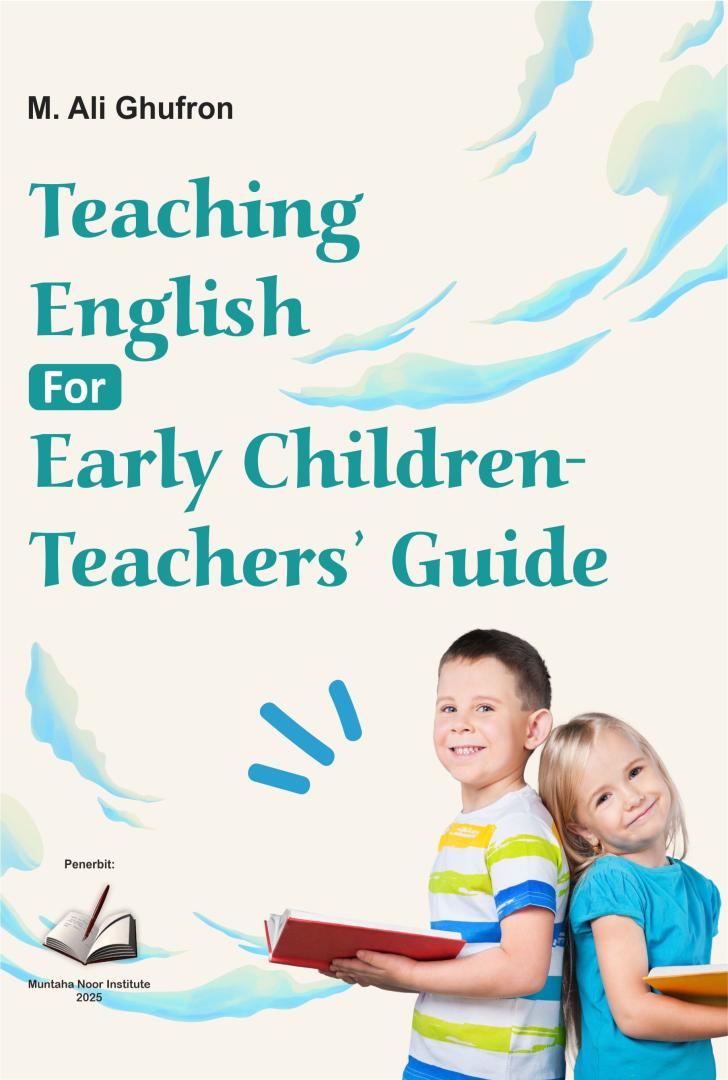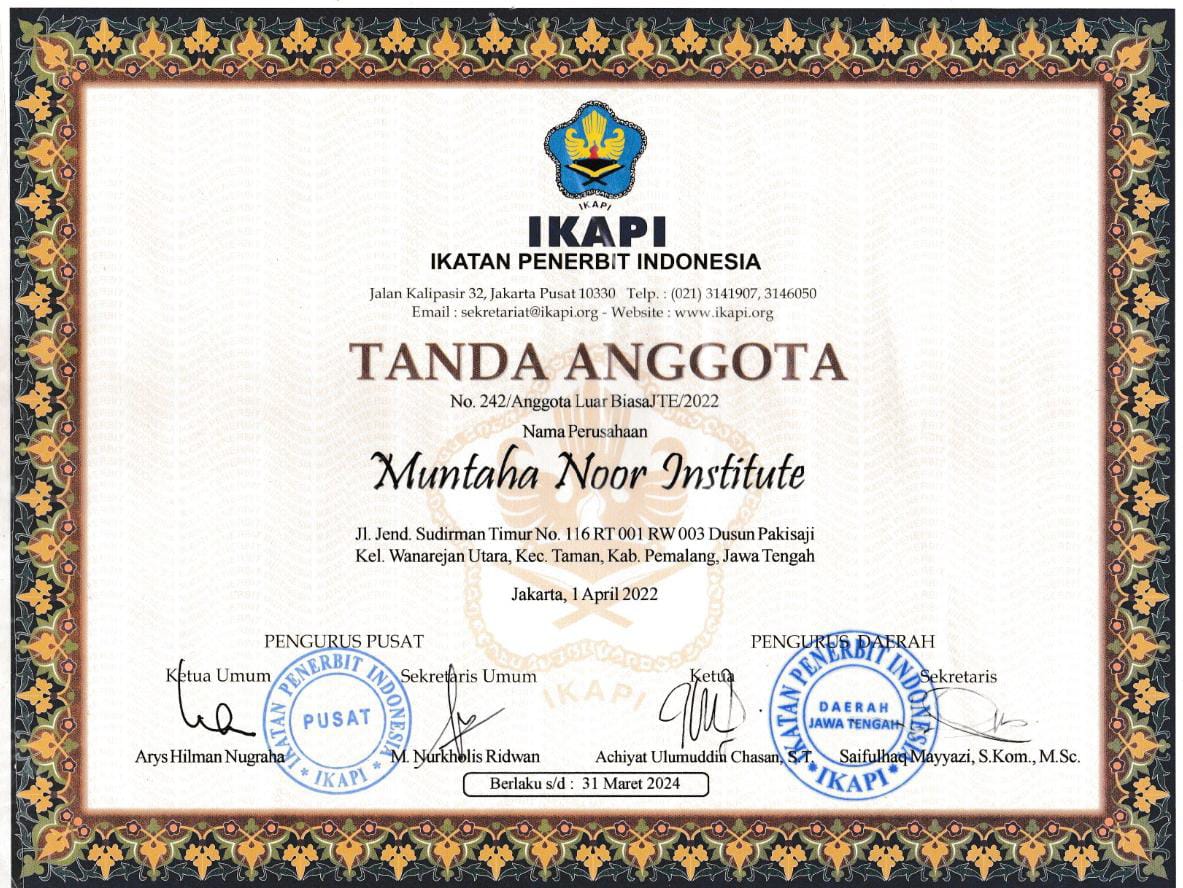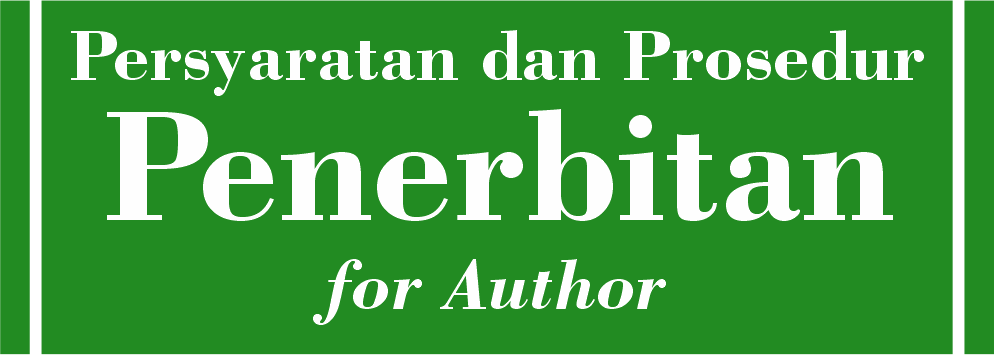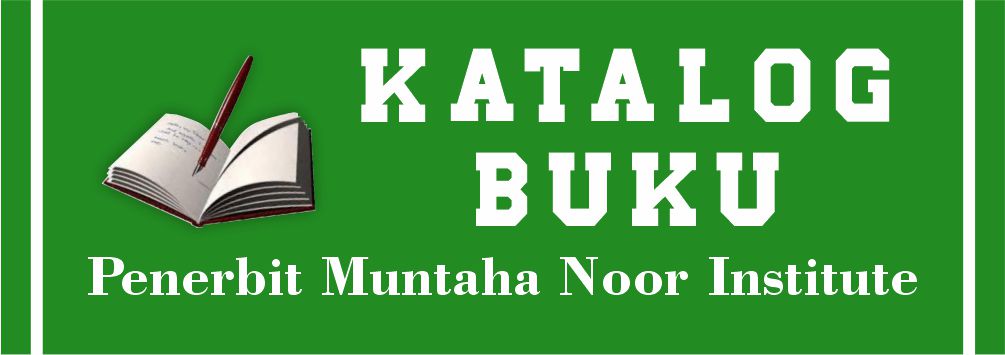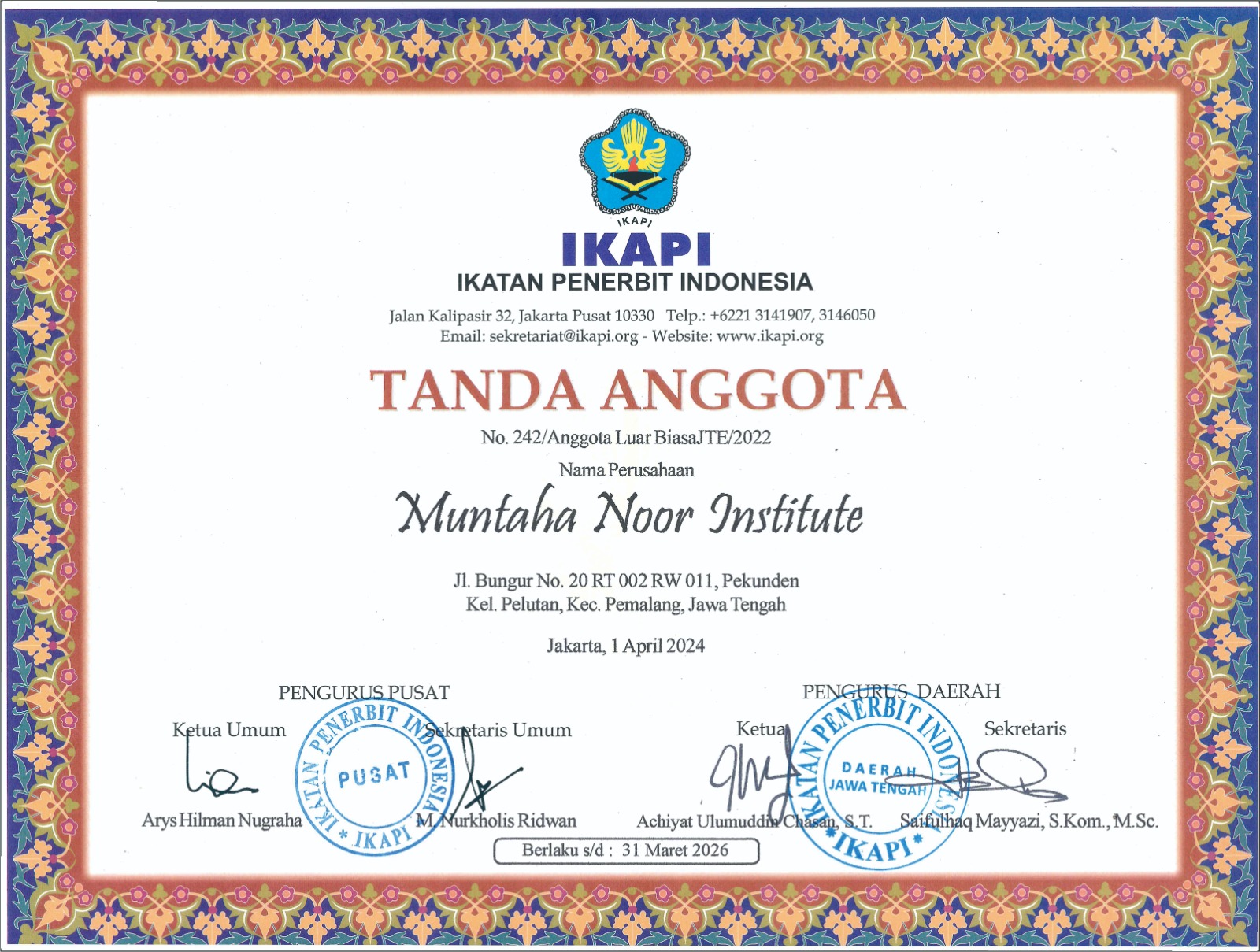
Teaching English for Early Children-Teachers' Guide
Synopsis
In the era of globalization, the ability to communicate in English has become an essential skill for young learners. Teaching English for Early Children-Teachers' Guide is designed to provide educators with comprehensive insights and effective strategies for teaching English to early childhood learners. This book explores key aspects of English language instruction for young children, including developmentally appropriate teaching principles, play-based learning methods, and the integration of cultural elements in language education.
Additionally, this guide covers essential topics such as classroom management techniques, the use of technology in language learning, and effective assessment methods for evaluating children's language development. With a research-based and holistic approach, this book not only equips teachers with practical strategies but also inspires them to create a supportive and engaging learning environment for young English learners.
This book serves as a valuable resource for teachers, early childhood educators, and anyone involved in English language instruction for young learners in Indonesia. By offering a comprehensive and structured approach, it aims to help build a strong foundation for the next generation in mastering English as a global communication tool.
This book was published in April 2025 with ISBN: 978-623-89668-9-9 by Muntaha Noor Institute Publisher, Pemalang. Meanwhile, the PDF version has also been officially published with ISBN: 978-623-89817-0-0 (PDF). For readers who wish to have a printed version of this book, please contact the publisher.
References
Anderson, T. (2008). The Theory and Practice of Online Learning. Athabasca University Press.
Banks, J. A. (2010). Multicultural Education: Characteristics and Goals. In Multicultural Education: Issues and Perspectives (7th ed.). Wiley.
Bredekamp, S., & Rosegrant, T. (1992). Reaching Potentials: Appropriate Curriculum and Assessment for Young Children. National Association for the Education of Young Children.
Brown, H. D. (2007). Principles of Language Learning and Teaching. Pearson Education.
Bruner, J. S. (1986). Actual Minds, Possible Worlds. Harvard University Press.
Chapelle, C. A. (2003). English Language Learning and Technology: Lectures on Applied Linguistics in the Era of Computer-Assisted Language Learning. John Benjamins Publishing Company.
Chomsky, N (1965). Aspects of the theory of syntax special technical report no. 11., ntrs.nasa.gov, https://ntrs.nasa.gov/api/citations/19670002070/downloads/19670002070.pdf
Crystal, D. (2003). English as a Global Language. Cambridge University Press.
Cummings, J. (2000). Language and Literacy in Bilingual Children. In Handbook of Child Psychology (6th ed.). Wiley.
Darling-Hammond, L., & Bransford, J. (2005). Preparing Teachers for a Changing World: What Teachers Should Learn and Be Able to Do. Jossey-Bass.
Emmer, E. T., & Evertson, C. M. (2013). Classroom Management for Middle and High School Teachers. Pearson.
Epstein, J. L. (2011). School, Family, and Community Partnerships: Preparing Educators and Improving Schools. Westview Press.
Erikson, E. H. (1963). Childhood and society., brill.com, https://brill.com/downloadpdf/book/edcoll/9783657768387/B9783657768387_s048.pdf
Fan, X., & Chen, M. (2001). "Parental Involvement and Students' Academic Achievement: A Meta-Analysis." Educational Psychology Review, 13(1), 1-22.
Gardner, H (1983). Frames of mind: The theory of multiple intelligences. Basic Book
Gay, G. (2010). Culturally Responsive Teaching: Theory, Research, and Practice. Teachers College Press.
Gibbons, P. (2002). Scaffolding Language, Scaffolding Learning: Teaching Second Language Learners in the Mainstream Classroom. Heinemann.
Ginsburg, H. P. (2007). The Challenge of Merging Play and Learning in Early Childhood Education. In Handbook of Child Psychology (6th ed.). Wiley.
Glickman, C. D., Gordon, S. P., & Ross-Gordon, J. M. (2018). Supervision and Instructional Leadership: A Developmental Approach. Pearson.
Godwin-Jones, R. (2018). "Emerging Technologies: Language Learning and Technology." Language Learning & Technology, 22(1), 1-5.
Guskey, T. R. (2000). Evaluating Professional Development. Corwin Press.
Harmer, J. (2007). The Practice of English Language Teaching. Pearson Longman.
Hill, N. E., & Tyson, D. F. (2009). "Parental Involvement in Middle School: A Meta-Analytic Assessment of the Strategies That Promote Achievement." Developmental Psychology, 45(3), 740-763.
Hockly, N. (2012). Digital Literacies. ELT Journal, 66(1), 108-112.
Jeynes, W. H. (2016). "A Meta-Analysis: The Relationship Between Parental Involvement and African American Students' Academic Achievement." Urban Education, 51(1), 3-24.
Kramsch, C. (1993). Context and Culture in Language Teaching. Oxford University Press.
Lightbown, P. M., & Spada, N. (2013). How Languages Are Learned. Oxford University Press.
Mapp, K. L., & Kuttner, P. J. (2013). Partners in Education: A Dual Capacity-Building Framework for Family-School Partnerships. SEDL.
Marzano, R. J. (2007). The Art and Science of Teaching: A Comprehensive Framework for Effective Instruction. ASCD.
McGee, L. M., & Richgels, D. J. (2012). Literacy's Beginnings: Supporting Young Readers and Writers. Pearson.
National Association for the Education of Young Children (NAEYC). (2009). Developmentally Appropriate Practice in Early Childhood Programs Serving Children from Birth through Age 8. NAEYC.
National Staff Development Council (NSDC). (2001). Standards for Staff Development. NSDC.
Neuman, S. B., & Roskos, K. (2007). Literacy Development in the Early Years: Helping Children Read and Write. Pearson.
Nieto, S. (2010). Language, Culture, and Teaching: Critical Perspectives. Routledge.
Nunan, D. (1991). Language Teaching Methodology. Prentice Hall.
Nunan, D. (2015). Teaching English to Young Learners. Routledge.
Piaget, J (1952). The origins of intelligence in children. International University, ereserve.library.utah.edu, http://ereserve.library.utah.edu/Annual/PSY/3210/Fogel/origin.pdf
Richards, J. C., & Farrell, T. S. C. (2005). Professional Development for Language Teachers. Cambridge University Press.
Simonsen, B., Fairbanks, S., Briesch, A., Myers, D., & Sugai, G. (2008). Evidence-Based Practices in Classroom Management: Considerations for Research to Practice. Education and Treatment of Children, 31(3), 351-380.
Tomlinson, C. A. (2001). How to Differentiate Instruction in Mixed-Ability Classrooms. ASCD.
Valdés, G. (1996). Bilingualism and Language Policy in the United States. In Language Policy and Political Issues in Education (pp. 1-20). Routledge.
Vygotsky, L. S. (1978). Mind in Society: The Development of Higher Psychological Processes. Harvard University Press.
Warschauer, M., & Healey, D. (1998). Computers and Language Learning: An Overview. Language Teaching, 31(2), 57-71.
Wong, H. K., & Wong, R. T. (2018). The First Days of School: How to Be an Effective Teacher. Harry K. Wong Publications.
Wright, A. (2010). Songs, Games and Activities for Teaching English to Young Learners. Oxford University Press.
